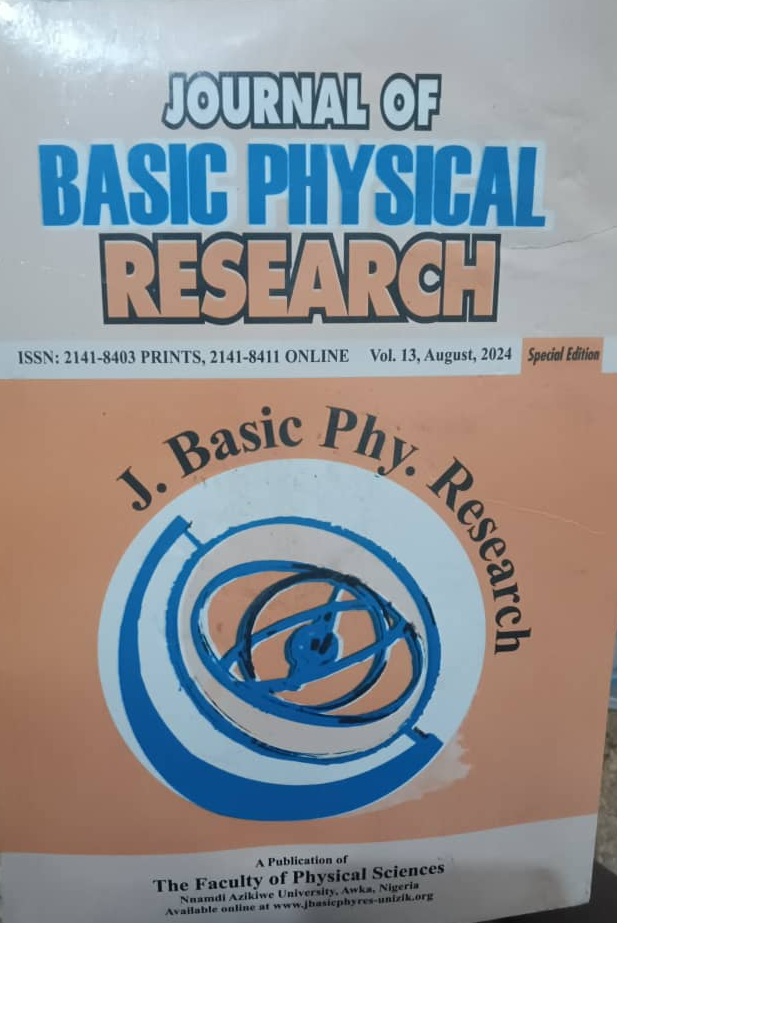RESERVOIR CHARACTERIZATION USING WELL LOGS AND SEISMIC INVERSION: A CASE STUDY OF CANEA FIELD, ONSHORE NIGER DELTA BASIN
Keywords:
Petrophysical Properties, Seismic Inversion, Niger Delta BasinAbstract
Effective reservoir management requires the identification of the reservoir and non-reservoir units so as to be able to enhance productivity and manage the reservoir properly. Identification of these reservoir and non-reservoir units (if any present) can be a great challenge with respect to the right techniques to adopt. The aim is to characterize reservoir using well logs and seismic inversion in order to identify reservoir and non-reservoir units so as to boost existing reserves. The objective involves the use of post-stack seismic data inversion in order to generate petrophysical volumes and well log data - gamma ray, resistivity, neutron and density logs to evaluate the acoustic impedance and petrophysical properties like porosity, water saturation and lithology. Range of values for CANEA_1 and CANEA_2 respectively in the three wells A, B and C were obtained for each start and end value from which the average petrophysical parameters were obtained. Well B was observed to have very high resistivity and low gamma ray value. Also recorded in Well B was very high hydrocarbon saturation (0.94(1-Sw) in CANEA_1 and 0.98(1-Sw) in CANEA_2) and low water saturation. Well C was seen to have not so favourable response of petrophysical properties having the highest water saturation (0.16(Sw) in CANEA_1 and 0.13(Sw) in CANEA_2). The reservoir units were identified, Shale serve as source rocks while the Sandstones in Wells A, B and C house the hydrocarbon reservoir rocks. The results obtained showed that well logs and seismic inversion can be used to identify reservoir and non-reservoir units so as to be able to increase productivity of these mature fields. However, a lot has been done as a result of the difficulty of determining reservoirs from well logs but the identification of reservoirs based on the conventional (oil and gas) and unconventional (shale) hydrocarbon is very important.


